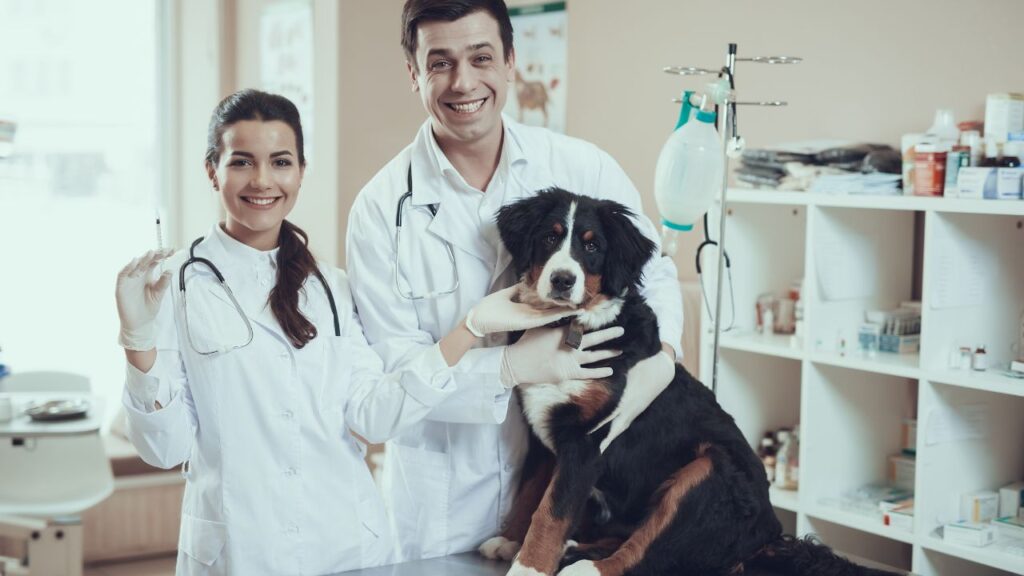A fresh coat of paint can breathe new life into your veterinary clinic, giving it a cleaner, more welcoming appearance for clients and their furry friends. But beyond aesthetics, repainting your clinic can significantly impact how pets, their owners, and your staff feel in the space. The right colors, proper preparation, and choice of materials all play a pivotal role in creating a safe and soothing environment.
If you’re considering giving your veterinary clinic a much-needed makeover, this guide will walk you through everything—from choosing the best colors to hiring professional painters in Brisbane or tackling the project DIY-style.
Why Painting Your Veterinary Clinic Matters
First impressions count, and for a veterinary clinic, that impression should be one of trust, warmth, and cleanliness. Over time, walls can become scuffed, faded, and marked, reflecting poorly on your clinic’s professionalism. A fresh coat of paint does more than improve aesthetics; it reassures pet owners that their companions are in a clean, safe, and compassionate environment.
Choose the Right Colors for Pets and Clients
Color selection goes beyond mere design trends when it comes to veterinary clinics. The right palette can create a calming and pleasant environment for pets and humans alike.
Calming Colors for Pets
Pets can pick up on the vibe of a room, so avoid overly intense colors like bright reds or yellows that might excite or stress them. Instead, consider these soothing options:
- Soft blues and greens: These are known for their calming effects and often simulate natural environments.
- Muted pastels: Light pinks and beiges are gentle on the eyes and create a welcoming vibe.
- Grays and neutral tones: Classy and modern, these colors are also great for reducing visual overstimulation for animals.
Prep the Clinic for Painting
Protect Your Equipment
Before painting begins, ensure all medical equipment, tools, and office electronics are properly covered or removed from the space. Use heavy-duty tarps or plastic sheeting to shield larger fixtures like treatment tables and cabinets.
Maintain a Safe Environment
Pets and paint fumes don’t mix, so plan your painting schedule to ensure pets are not present during the work. Create clear zones for client and pet interaction that are removed from the painting areas. Ventilation and cleanliness are crucial to ensure safety and minimize any disruption.
Choosing the Right Paint for a Veterinary Clinic
Durable and Washable Paint
Walls in veterinary clinics endure a fair amount of wear and tear. From muddy paw prints to accidental scratches, choosing a durable, washable paint can save you time and money in the long run. Look for paints labeled “scrubbable” or “high-traffic.”
Low-VOC Paints
Traditional paints can emit volatile organic compounds (VOCs) that contribute to poor air quality. Choose low-VOC or no-VOC paints to ensure a healthier environment for animals, clients, and staff.
Matte or Semi-Gloss Finish?
Matte paints hide imperfections better, while semi-gloss finishes add a slight sheen that makes walls easier to clean. Many clinics opt for a combination of the two, using matte for areas requiring more warmth and semi-gloss for high-traffic zones.
Should You Hire Professionals or DIY?
Painting your clinic can be a rewarding project, but deciding between hiring professionals and doing it yourself depends on various factors.
Hiring Professional Painters in Brisbane
Hiring experts like Signature Painters ensures a smooth, flawless finish and saves you time. Professional painters are well-versed in prepping and painting various surfaces, know how to minimize disruption, and can offer guidance on optimal colors and paint choices.
Taking the DIY Route
If your clinic is small or your budget is tight, painting the space yourself might be a viable option. However, keep in mind that you’ll need the right tools, plenty of time, and expertise to achieve a professional-quality result. Plus, in a busy environment like a veterinary clinic, every moment spent painting is time away from serving your clients.
The Process of Painting with Minimal Disruption
Painting a veterinary clinic involves more than just rolling paint on walls. To ensure a smooth process, keep these steps in mind:
- Plan Around Operating Hours
Schedule the work during off-hours or over a weekend to minimize disturbance to your clients and staff.
- Ensure Proper Ventilation
Even with low-VOC paints, good ventilation is crucial. Use fans and open windows to keep fresh air circulating.
- Provide Clear Signage
Make sure clients and staff know which areas are off-limits and adjust your floor plan temporarily to maintain smooth clinic operations.
Conclusion
There’s nothing quite as satisfying as seeing a before-and-after transformation. Snap photos before your clinic gets its new paint job to see the noticeable differences a refreshed look can bring. Not only will it elevate the visual appeal of your space, but it will also add to your branding as a business that prioritizes cleanliness and care.

